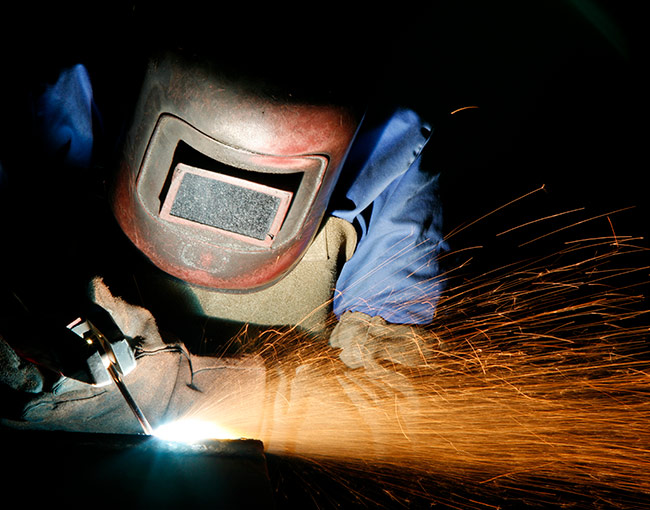Home > Insights > Publications > Illinois appellate court strengthens sole proximate cause defense in asbestos cases
The question of whether a product manufacturer or employer in an asbestos lawsuit can introduce evidence of the plaintiff’s exposures to asbestos from other sources has become a highly contested issue. There is a lengthy latency period associated with asbestos-related disease and some types of asbestos fibers may be more hazardous than others. To paint a complete picture for the jury, it is important to put on evidence of all sources of asbestos the plaintiff encountered throughout his or her life.
Recently, the Appellate Court of Illinois, Fourth District, held that a defendant in an asbestos case may introduce evidence of plaintiff’s other exposures to asbestos to support its defense that those exposures were the sole proximate cause of the alleged injury. The case is Smith v. Illinois Central Railroad Company, 2015 IL App (4th) 140703.
James Smith alleged he was exposed to asbestos when he worked for Illinois Central at a railyard in Illinois between the years 1955 and 1958. Before working at the railyard, he worked for three months at the nearby Union Asbestos & Rubber Company (UNARCO). Smith testified he left the UNARCO facility because it was too dirty and the conditions were horrendous. A fact witness who also worked there testified that it was so dusty that people could not be seen walking around inside.
But UNARCO was not on trial. The plaintiff successfully moved in limine to exclude any evidence Smith was exposed to asbestos dust in any manner other than from his employment by the defendant at the railyard. Smith claimed such evidence would confuse or mislead the jury.
In 2014, the jury found Smith had an asbestos-related disease, which it could only blame on the defendant because it heard no other evidence with regard to asbestos exposure. After judgment was entered for the plaintiff, Illinois Central appealed.
On appeal, the plaintiff argued that “any attempt by defendant to bring up Smith’s exposure at UNARCO would just be an attempt to shift the blame to a concurrent tortfeasor, not to prove a sole proximate cause defense.” The Illinois Appellate Court disagreed and reversed and remanded for a new trial. The court emphasized that the defendant did not have to prove anything. It was the plaintiff’s burden to establish Illinois Central’s conduct was a proximate cause of his injury. In turn, the court said, Illinois Central should have been allowed to introduce evidence of the plaintiff’s other exposures in an attempt to cast doubt on plaintiff’s claim.
This holding reiterates the Illinois Supreme Court’s holding in Nolan v. Weil-McLain that a defendant in an asbestos case is entitled to put on evidence of the plaintiff’s other potential asbestos exposures. See 233 Ill. 2d 416 (2009). It is important, however, for the defendant to do its homework before trial and throughout the discovery process to develop evidence of alternative asbestos exposures.

